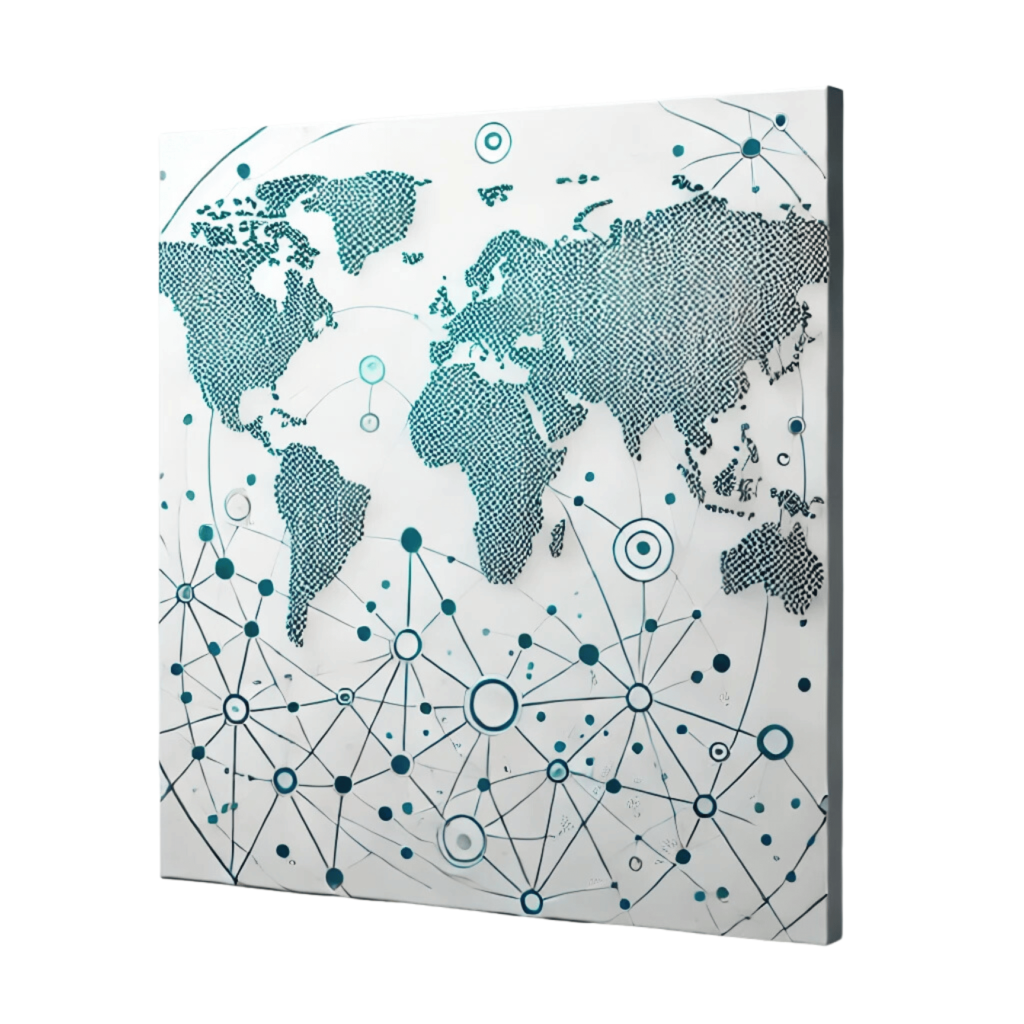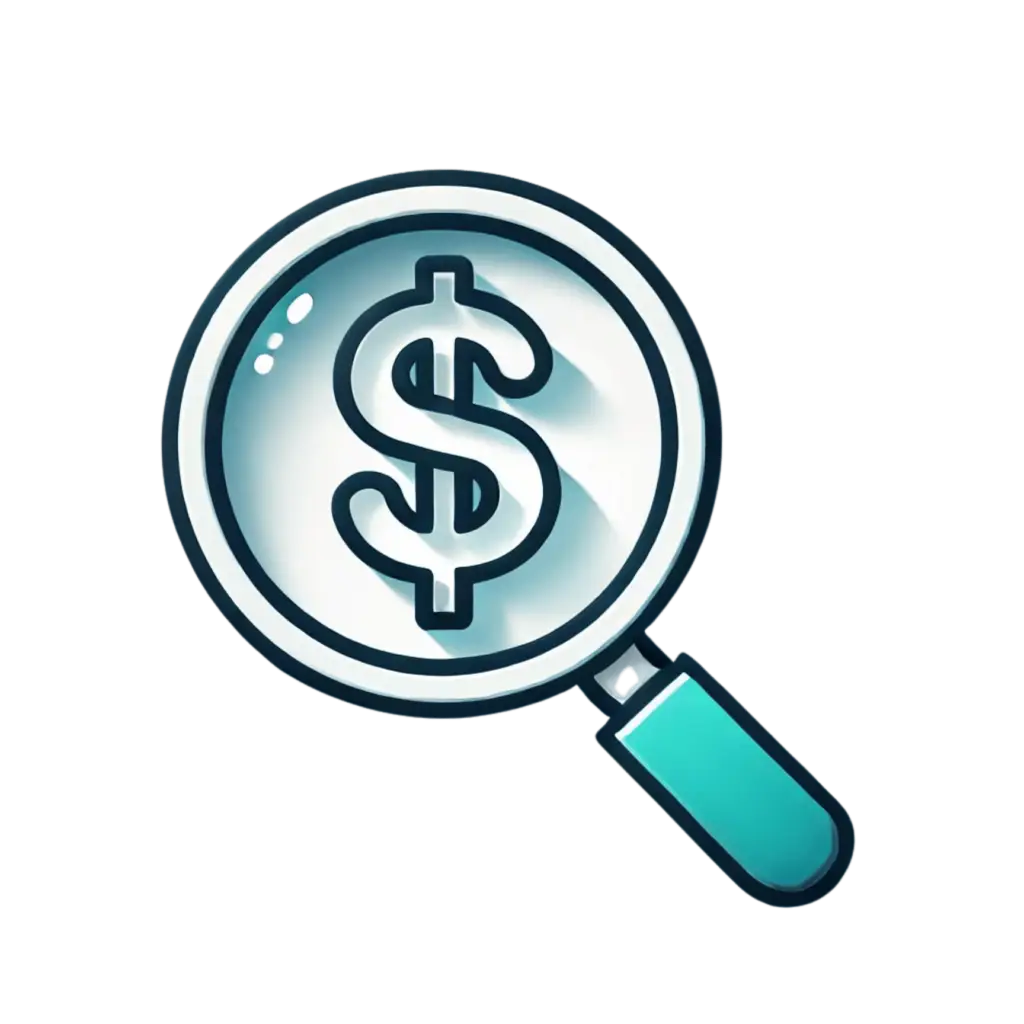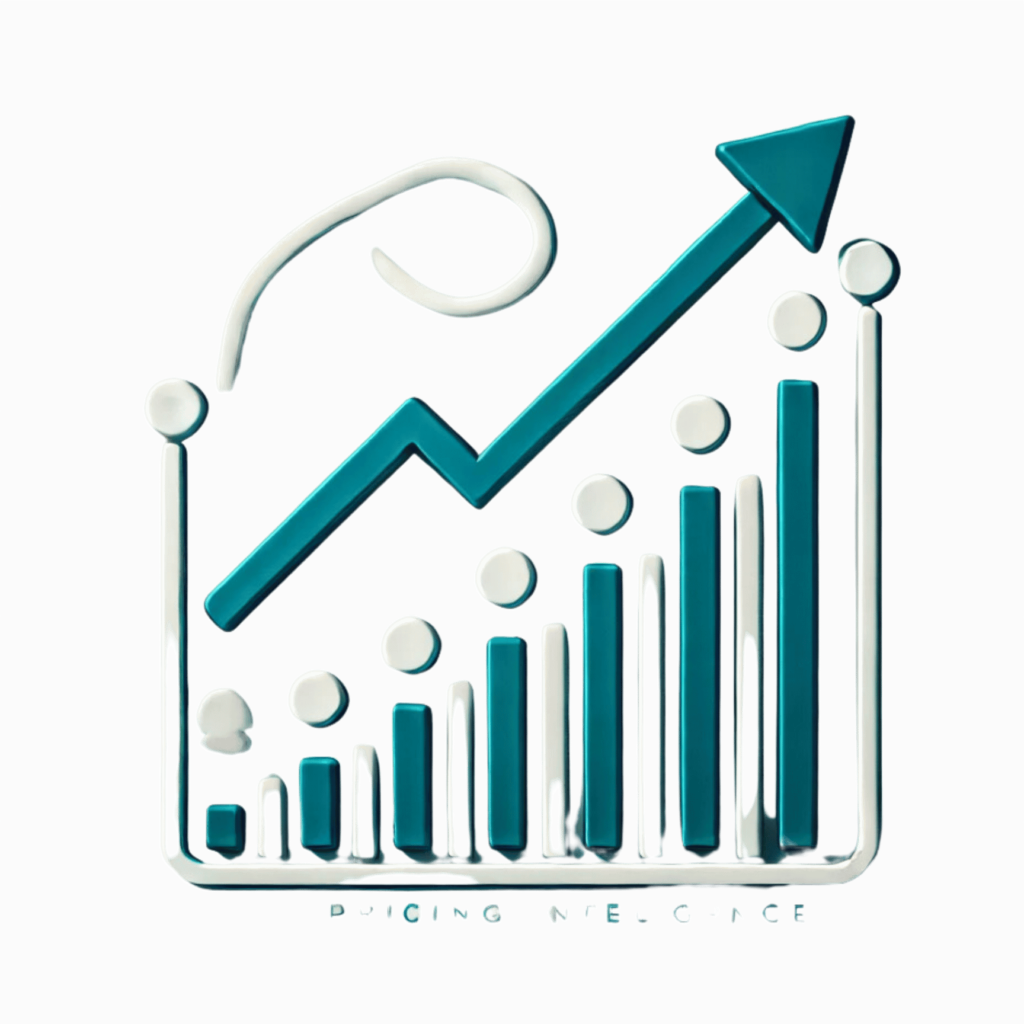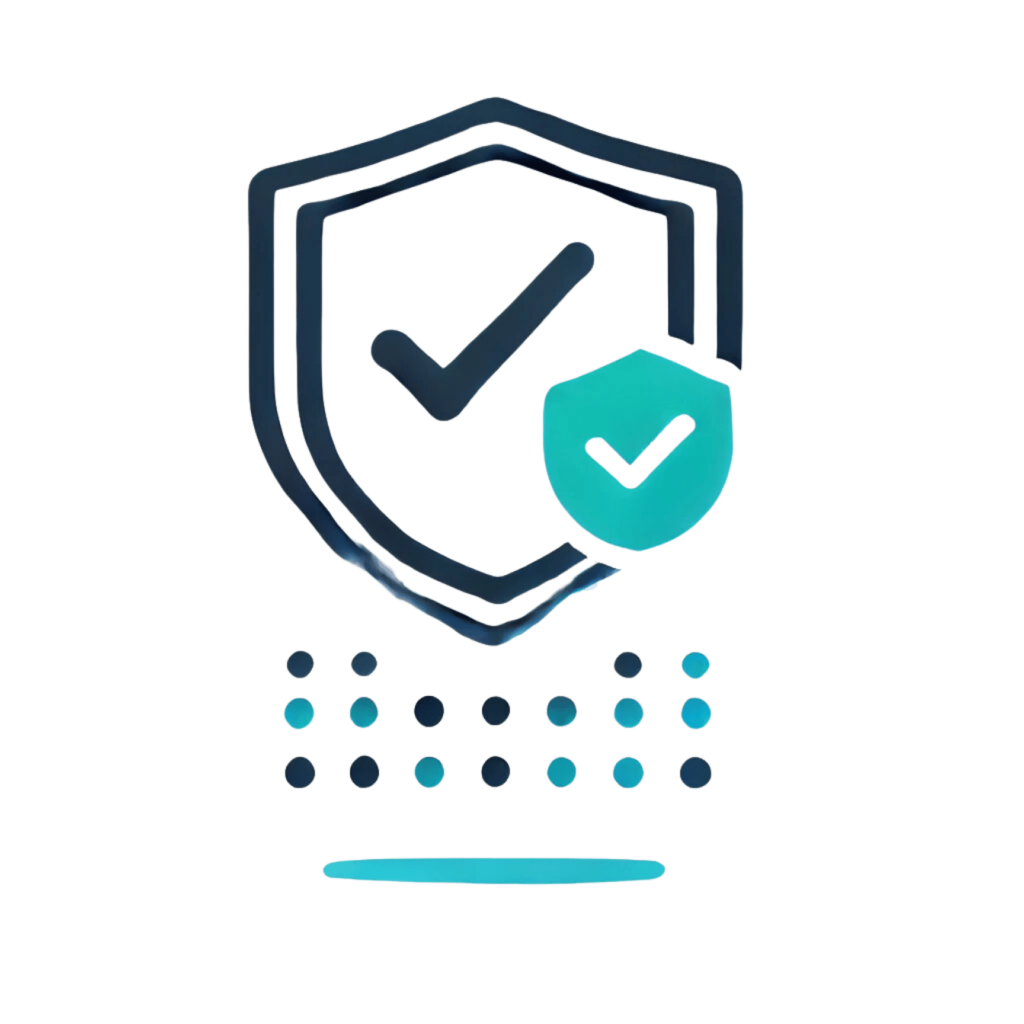What’s the fastest way to fall behind in business?
Ignore your competitors’ pricing.
In today’s market, pricing is more than numbers. It’s strategy. It’s data. And it’s the key to winning over customers who have endless choices at their fingertips.
This is where pricing intelligence comes in—a way to analyze and optimize your pricing strategy based on real-time insights into competitor pricing, market trends, and customer behavior. It’s how successful businesses outmaneuver their competition and turn uncertainty into opportunity.
But it’s not without challenges. Competitors don’t want you tracking their prices. They deploy anti-scraping tools, IP bans, and geo-restrictions to keep you out. These obstacles can turn pricing intelligence into a frustrating, uphill battle.
Luckily, the solution is simple. And powerful.
Proxies.
In this article, we’ll explore how pricing intelligence works, why it’s essential, and how tools like rotating, residential, and mobile proxies can overcome every roadblock. Because if you’re not using them, you’re leaving success—and profit—on the table.

What is Pricing Intelligence?
Imagine this: You’ve meticulously set your product prices, confident they’re competitive. Yet, sales stagnate. Customers flock to rivals offering similar products at marginally lower prices. Frustrating? Absolutely.
This scenario underscores the necessity of pricing intelligence—the systematic process of gathering and analyzing market data to inform optimal pricing strategies. By understanding competitors’ pricing, market demand, and customer behavior, businesses can make informed decisions that enhance profitability and market positioning.
Pricing intelligence is more than a buzzword. Research by McKinsey shows that companies leveraging data-driven pricing strategies see an average profit increase of 7% and revenue boost of 2–3%.
However, implementing pricing intelligence isn’t without challenges. Competitors often deploy anti-scraping technologies and IP blocking to shield their pricing data. Additionally, regional price variations and dynamic pricing models add layers of complexity, making data collection arduous.
The Proxy-Powered Solution
Proxies are the secret to overcoming these barriers. They allow businesses to gather data anonymously and efficiently without fear of detection.
- Rotating Proxies: Frequently switching IP addresses ensures web scraping remains undetected, even on websites with strong anti-bot measures.
- Residential Proxies: These use IPs from real devices, giving them the authenticity needed to bypass detection and access geo-specific data.
- Mobile Proxies: Perfect for mobile-only content, these proxies mimic the behavior of real mobile users to bypass even advanced anti-bot systems.
By integrating these proxy solutions into your strategy, you unlock access to complete, real-time pricing data without fear of bans, blocks, or inaccurate insights.
The Consequences of Doing Nothing
Not adopting pricing intelligence tools—like proxies—comes at a cost:
- Blinded by Geo-Restrictions: Without access to location-specific pricing, you miss critical opportunities.
- Blocked by Anti-Scraping Tools: Competitors actively prevent data collection, leaving you with incomplete insights.
- Outpaced by Competitors: They’re already leveraging these tools to dominate the market while you’re left guessing.
Inaction isn’t just a missed opportunity—it’s a mistake.

Benefits of Pricing Intelligence
Imagine this: You’re playing chess blindfolded. Your opponent makes one calculated move after another, and you’re left guessing what’s next. That’s what it feels like to run a business without pricing intelligence.
Pricing intelligence takes the blindfold off. It gives you clarity.
Profits soar when you have the right data. Businesses that use dynamic pricing strategies see profit margins grow by as much as 25%, according to Deloitte. That’s not a small bump—it’s a transformation.
But it’s not just about profits. It’s about control.
Markets shift in an instant. Competitors change their prices. Customers’ needs evolve. Pricing intelligence helps you respond. Immediately. PwC’s Global Consumer Insights Survey highlights that businesses using real-time data are better at staying agile and meeting customer expectations.
Still, pricing isn’t just numbers. It’s trust.
When customers see fair, competitive prices, they notice. They feel valued. PwC found that 59% of customers choose retailers based on perceived value alone. Miss that, and you’re handing your competitors a gift.
And let’s not forget about opportunity. Pricing intelligence doesn’t just help you keep up—it helps you get ahead. Deloitte’s Consumer Industry Outlook explains how analyzing market gaps can lead to smarter product launches and more targeted offers.
Without pricing intelligence, your business isn’t just behind. It’s invisible.
The stakes are high. Guessing isn’t good enough anymore. The tools exist. The data is waiting. All that’s left is for you to use it.

Effective Strategies for Pricing Intelligence
Pricing intelligence isn’t just about gathering data—it’s about using it wisely. Without the right strategies, all the numbers in the world won’t help. Here’s how smart businesses turn insights into action.
First, know your competition. Sounds simple, right? But it’s not just about identifying who they are—it’s about understanding their moves. How do they price their products? Do they adjust based on time of day, location, or season? Staying one step ahead means anticipating their strategies, not just reacting to them.
And it’s not just competitors you need to watch. Trends matter. The market never sits still. Prices spike during peak seasons and drop during slow ones. By staying plugged into these fluctuations, you’ll ensure your pricing stays competitive without cutting too deeply into your margins.
Customer reviews? They’re gold. By digging into what people are saying about your competitors’ pricing—whether on review platforms or social media—you gain a clearer picture of what’s working and what isn’t. Are customers complaining about hidden fees or praising deals? Use that insight to refine your approach.
Here’s a truth few talk about: your competitors might be spying on you, too. Competitive elasticity is the strategy of using your prices to counter their moves. If they lower their prices, do you match, hold, or offer something better? It’s a balancing act, but one that can define your edge.
And then there’s psychological pricing. It’s simple but powerful. Instead of pricing something at $100, price it at $99.99. Customers don’t just see the numbers—they feel them. That one-cent difference makes your product seem more affordable, even if the actual impact is negligible.
Finally, the right tools make all the difference. An antidetect browser paired with rotating proxies, for instance, lets you gather competitor data from multiple regions without raising alarms. Mobile proxies? Perfect for uncovering pricing differences on mobile-exclusive offers. These tools keep you invisible while providing the insights you need.
Pricing intelligence isn’t about copying what others are doing. It’s about staying sharp, staying agile, and, most importantly, staying ahead.

How Proxies Supercharge Pricing Intelligence
The strategies behind pricing intelligence are powerful, but without the right tools, they’re hard to execute. That’s where proxies come in—working behind the scenes to ensure your data-gathering efforts are seamless, secure, and effective.
Here’s the problem: Competitors don’t want you monitoring their pricing strategies. They use advanced anti-scraping tools, IP detection systems, and even dynamic pricing to block your efforts. These roadblocks can leave you with incomplete data—or no data at all.
Proxies solve this problem by keeping you anonymous and undetectable.
Rotating Proxies: Staying Invisible
Rotating proxies are like wearing a different disguise for every request. Each time you gather data, your IP address changes, making it appear as though the requests are coming from different users in different locations. This keeps you off competitors’ radars and allows you to scrape their data without interruptions.
Imagine trying to check prices across hundreds of product pages. Without rotating proxies, your IP would be flagged within minutes. With them? Your efforts go unnoticed.
Residential Proxies: Authentic Access
Some websites are picky. They’ll block datacenter IPs outright, recognizing them as tools of data collection. Residential proxies bypass this by using real, residential IP addresses. These proxies appear as ordinary users browsing from their homes, giving you unrestricted access to even the most secure competitor sites.
With residential proxies, you can also gather geo-specific data. Want to see how your competitors price products in London versus Los Angeles? Residential proxies make it easy to collect localized pricing insights from any region.
Mobile Proxies: The Ultimate Stealth
Mobile proxies take anonymity to the next level. By using IPs from real mobile devices connected to cellular networks, these proxies mimic the activity of actual mobile users. This is critical for accessing mobile-only content, such as app-based discounts or exclusive deals visible only on smartphones.
Competitors often deploy advanced anti-bot measures to detect and block automated traffic. Mobile proxies make you virtually undetectable, ensuring your data collection efforts remain uninterrupted.
The takeaway? Proxies don’t just enhance pricing intelligence—they make it possible.
Without them, you risk bans, incomplete data, and wasted effort. With them, you gain the freedom to collect the insights you need, no matter how heavily competitors guard their strategies.

Risks and Challenges of Pricing Intelligence
Pricing intelligence is a powerful tool, but it isn’t without its pitfalls. Businesses need to navigate these challenges carefully to unlock its full potential.
One of the biggest hurdles? Customer perception.
Imagine this: your prices shift frequently as part of a dynamic pricing strategy. While some customers appreciate getting a deal, others might feel cheated if they see the price drop shortly after making a purchase. It’s a delicate balance. Transparency is key. Letting customers know why prices change—whether due to supply, demand, or market trends—can help build trust.
The complexity of data collection is another challenge.
Pricing intelligence requires vast amounts of data—competitor prices, market trends, and consumer behavior. But accessing this data is far from simple. Anti-scraping measures can block your IP, competitors might restrict access to their pricing, and geo-restrictions often limit what you can see based on your location. Without the right tools, these barriers can stall your strategy before it even begins.
Then there’s the risk of over-reliance on technology.
While tools like proxies and scraping software are essential, they aren’t foolproof. Proxy rotation needs to be managed properly to avoid detection, and data collection scripts must be fine-tuned to ensure you’re gathering meaningful insights rather than irrelevant noise.
Lastly, pricing intelligence isn’t a “set it and forget it” solution. Trial and error is unavoidable. Businesses must test different approaches to find what works for their market. A strategy that boosts sales for one company might backfire for another. Flexibility and a willingness to adapt are critical.
The stakes are high, but the risks are manageable—especially with the right solutions. Proxies mitigate many of these challenges, offering anonymity, bypassing geo-restrictions, and ensuring uninterrupted data access. Combined with clear strategies and constant refinement, pricing intelligence becomes less of a risk and more of a competitive advantage.
Pricing Intelligence as Your Competitive Edge
Pricing intelligence is no longer optional. It’s the cornerstone of staying competitive in an ever-changing market. It’s how you move beyond guesswork, transform raw data into actionable insights, and outmaneuver competitors who are trying to guard their strategies.
But let’s be clear: pricing intelligence isn’t effortless. Competitors deploy roadblocks like IP bans, dynamic pricing, and geo-restrictions to keep their strategies hidden. Without the right tools, you’re left stumbling in the dark.
This is where proxies come in.
Rotating proxies keep your data collection invisible. Residential proxies give you authentic, unrestricted access to competitor sites. And mobile proxies ensure you can gather even the most mobile-specific data without raising red flags. These tools don’t just level the playing field—they tilt it in your favor.
Businesses that embrace pricing intelligence see the results: higher profits, greater customer loyalty, and the ability to adapt to any market condition. Those that don’t? They risk falling behind, ceding market share to competitors who understand the power of data-driven strategies.
So, the question isn’t whether you need pricing intelligence—it’s how soon you’re going to implement it.
Ready to take the next step? Learn how tools like proxies can supercharge your pricing intelligence efforts and give your business the edge it deserves.
FAQs
1. What is pricing intelligence, and why is it important?
Pricing intelligence is the process of analyzing competitor pricing, market trends, and customer behavior to optimize your pricing strategy. It ensures your prices remain competitive and helps you adapt to market changes in real-time, ultimately boosting profitability and customer satisfaction.
2. How do proxies enhance pricing intelligence?
Proxies allow you to gather competitor data anonymously and bypass geo-restrictions, anti-scraping tools, and IP bans. Tools like rotating proxies, residential proxies, and mobile proxies ensure uninterrupted access to accurate, real-time pricing information from competitors worldwide.
3. Can pricing intelligence help with customer retention?
Yes! Pricing intelligence helps align your pricing with customer expectations. Fair, competitive pricing builds trust and loyalty, encouraging customers to stick with your brand over competitors offering less perceived value.



